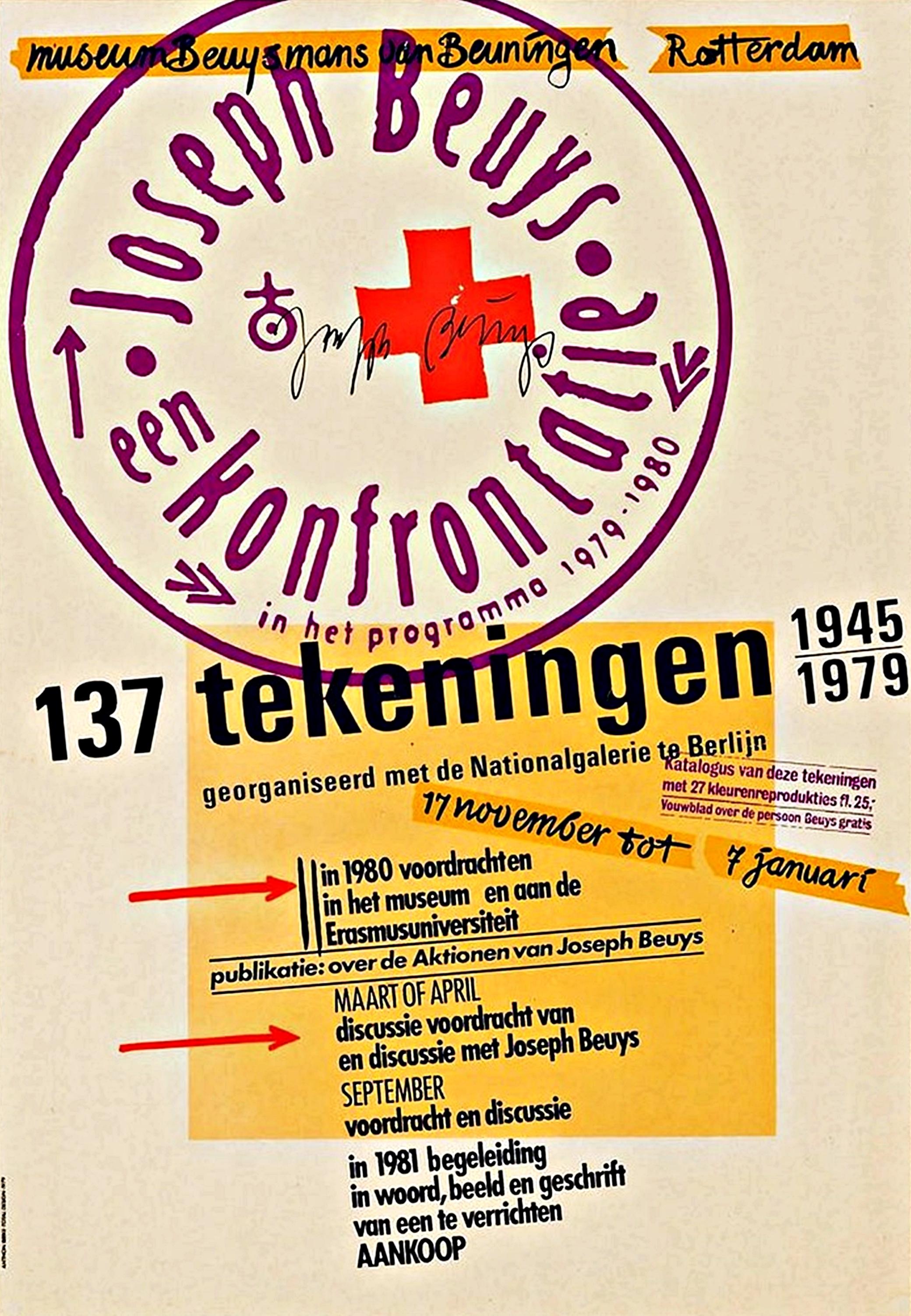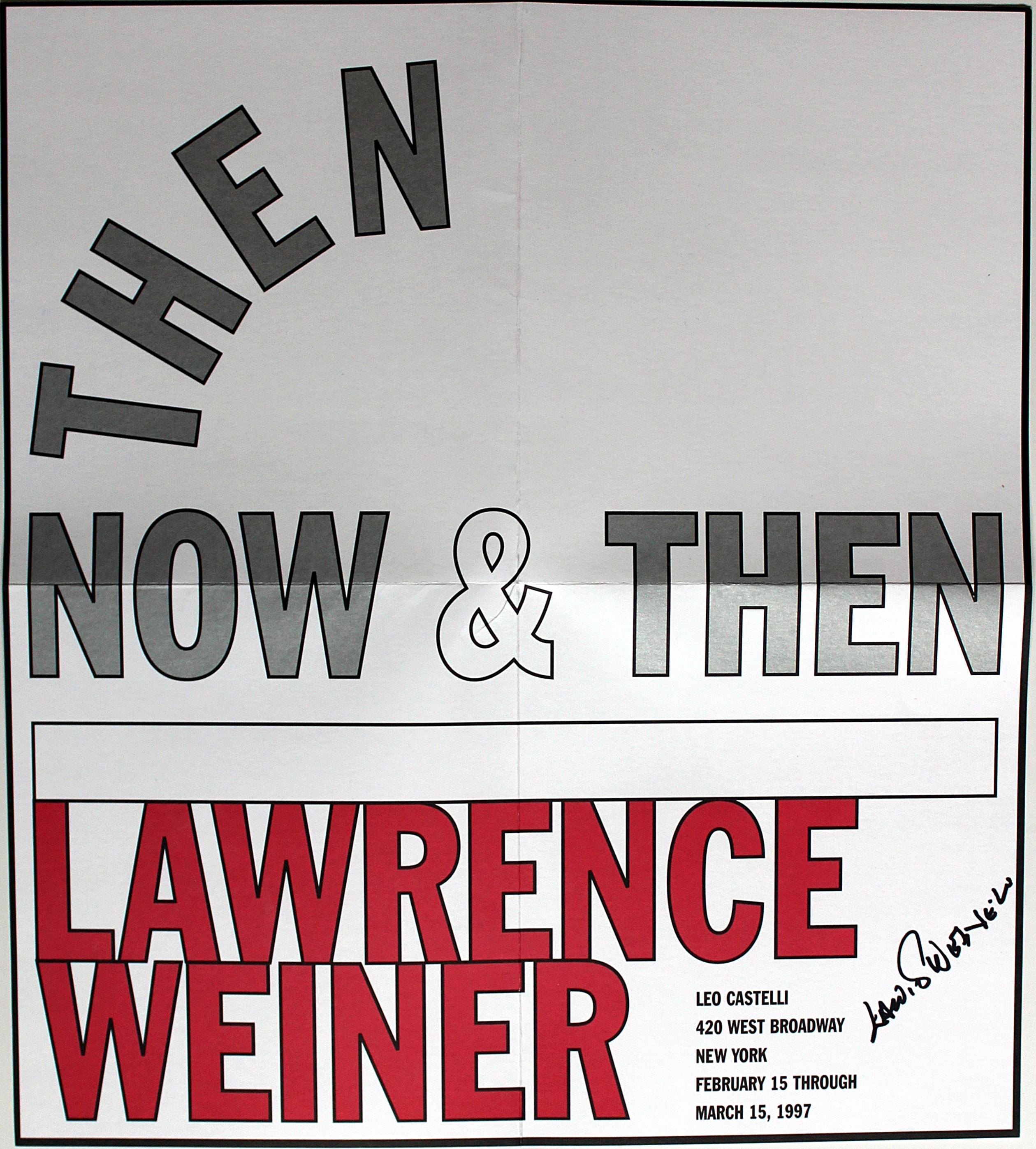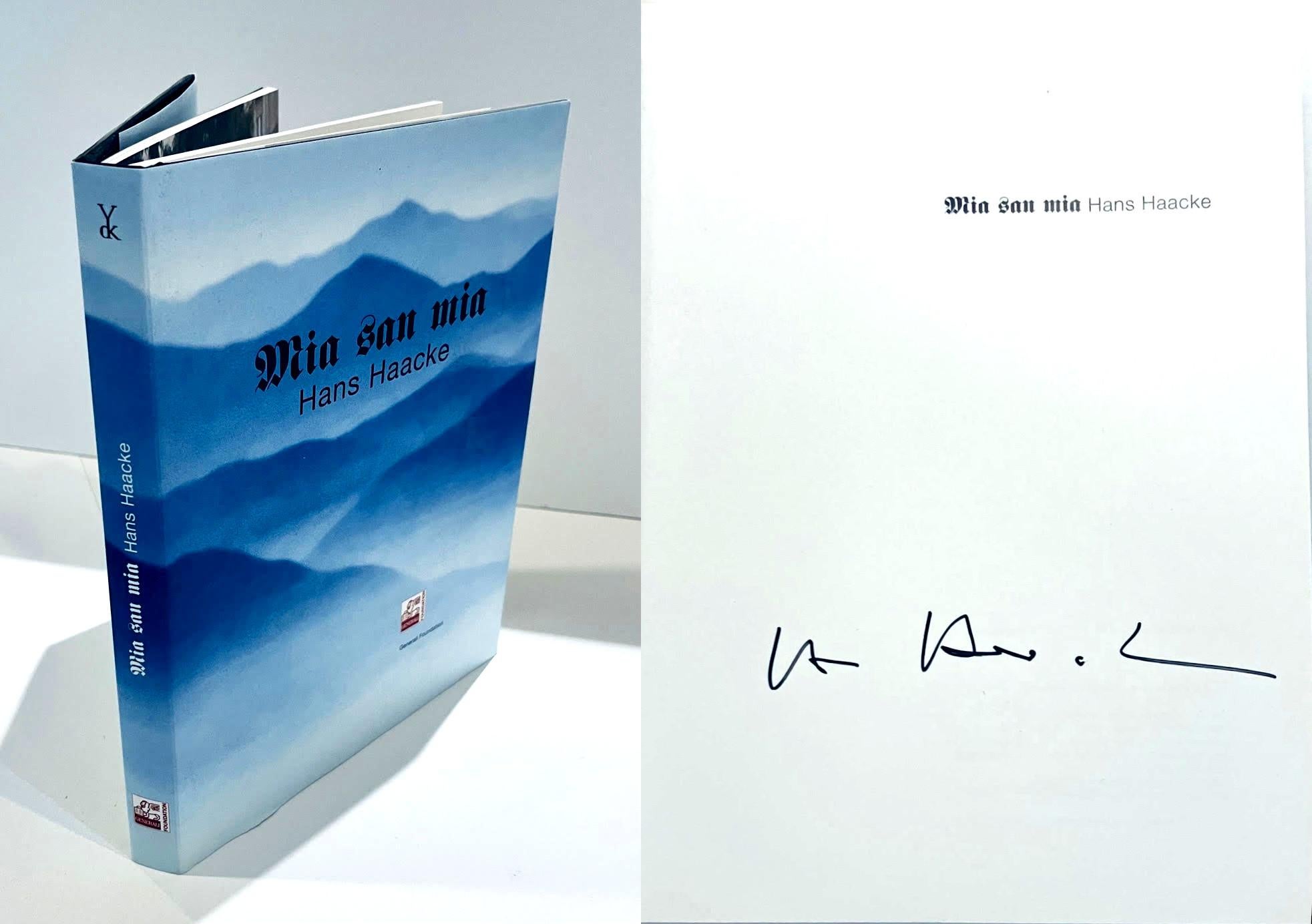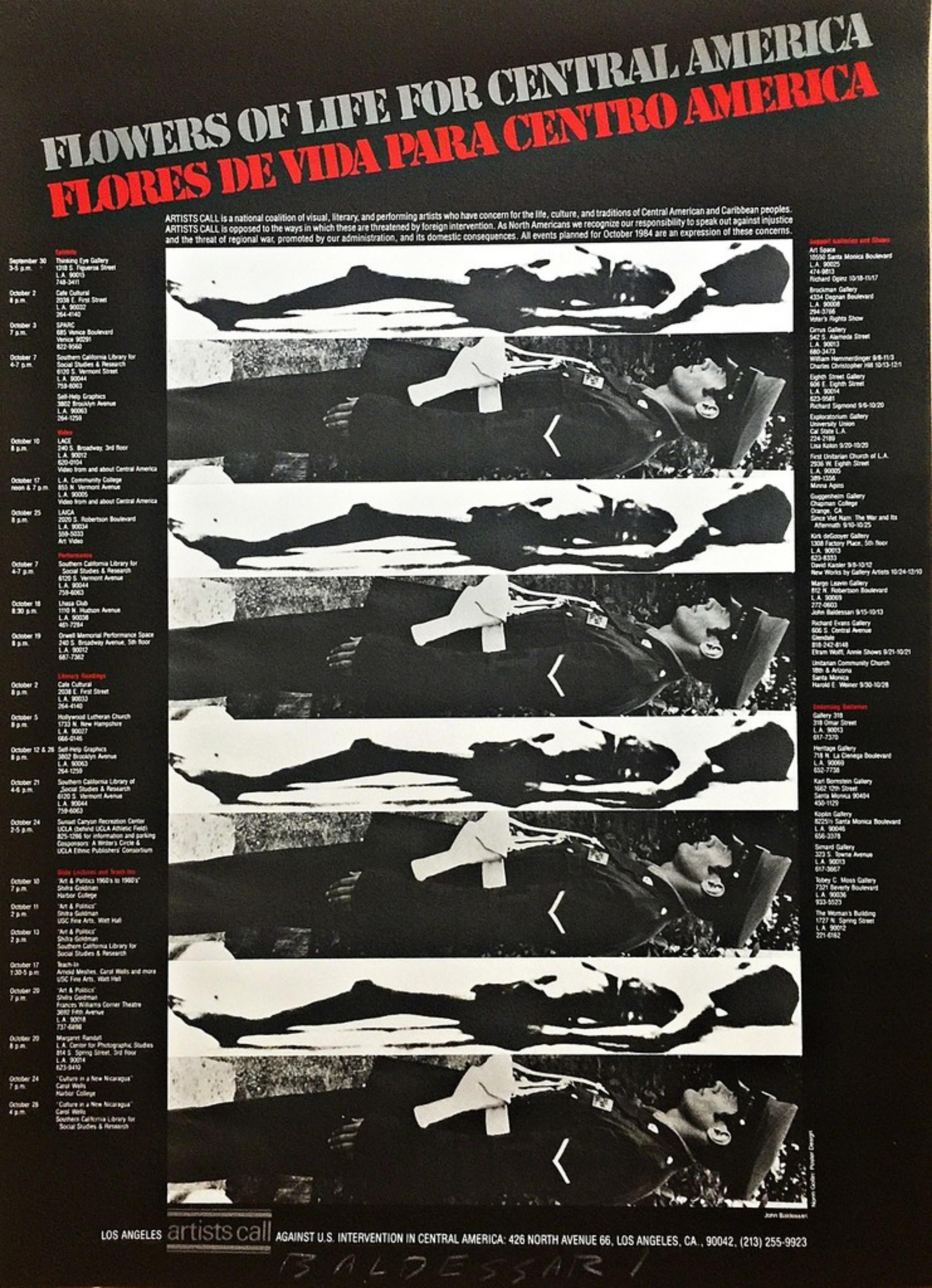Items Similar to Ed Ruscha, Some Los Angeles Apartments - Artist's Book, Conceptual Art, Pop Art
Want more images or videos?
Request additional images or videos from the seller
1 of 5
Ed RuschaEd Ruscha, Some Los Angeles Apartments - Artist's Book, Conceptual Art, Pop Art1970
1970
About the Item
Ed Ruscha (American, b.1937)
Some Los Angeles Apartments, 1965/1970
Medium: Artist’s book (black offset printing on 100 lb. white Vicksburg Vellum text paper)
Dimensions: 17.8 x 14 x 0.5 cm (7 x 5 1/2 x 3/16 in)
Edition size: 3000 (2nd edition)
Publisher: Ed Ruscha, Los Angeles
Printer: Anderson, Ritchie & Simon, Los Angeles
Catalogue raisonné: Foster 3; Engberg B3
Condition: Very good
- Creator:Ed Ruscha (1937, American)
- Creation Year:1970
- Dimensions:Height: 7.01 in (17.8 cm)Width: 5.52 in (14 cm)Depth: 0.2 in (5 mm)
- Medium:
- Movement & Style:
- Period:
- Condition:
- Gallery Location:Hamburg, DE
- Reference Number:1stDibs: LU704313267512

About the Seller
5.0
Gold Seller
These expertly vetted sellers are highly rated and consistently exceed customer expectations.
Established in 2017
1stDibs seller since 2017
166 sales on 1stDibs
Typical response time: 11 hours
- ShippingRetrieving quote...Ships From: Hamburg, Germany
- Return PolicyA return for this item may be initiated within 14 days of delivery.
More From This SellerView All
- Elaine Sturtevant, Duchamp Triptych - Three Signed Prints, Conceptual ArtLocated in Hamburg, DEElaine Sturtevant (American, 1924-2014) Duchamp Triptych, 1998 Medium: Two grano lithographs and one silkscreen, all on Rives rag paper Dimensions: Each 50 x 40 cm (19.75 x 15.75 in)...Category
20th Century Conceptual Abstract Prints
MaterialsLithograph, Screen
- Santiago Sierra, Door Plate (Venice Biennale) - Wall Sculpture, Contemporary ArtLocated in Hamburg, DESantiago Sierra (Spanish, b. 1966) Door Plate, 2006 Medium: Cast aluminium relief sign with black enamel paint Dimensions: 59 x 69 x 2 cm Edition of 15: Hand-signed and numbered on a...Category
21st Century and Contemporary Conceptual Abstract Sculptures
MaterialsMetal, Enamel
- Laure Prouvost: Ideally this print would want to share all it knows with youLocated in Hamburg, DELaure Prouvost (French, b. 1978) Ideally this print would want to share all it knows with you, 2020 Medium: Lithograph on paper Dimensions: 49.5 x 76 cm Edition of 40: Hand-signed an...Category
21st Century and Contemporary Conceptual Abstract Prints
MaterialsLithograph
- Joseph Beuys, Aufbau - Signed Print, 1977, Conceptual Art, Fluxus, Modern ArtBy Joseph BeuysLocated in Hamburg, DEJoseph Beuys (German, 1921-1986) Title: Aufbau, 1977 Medium: Offset on grey cardboard, stamped Dimensions: 30.5 x 43 cm Edition of 100: Hand-signed and numbered in pencil Publisher: ...Category
20th Century Contemporary Figurative Prints
MaterialsOffset
- Gareth Jones, Diamond - Signed Print, Abstract Art, Contemporary ArtLocated in Hamburg, DEGareth Jones (British, b. 1965) Diamond, 1999/2000 Medium: Offset lithograph Dimensions: 26 x 21 cm Edition of 100: Hand-signed, numbered and dated in pencil Condition: ExcellentCategory
20th Century Abstract Geometric Abstract Prints
MaterialsOffset
- John Baldessari, Zorro (Two Gestures and One Mark) - Hand-Signed PrintBy John BaldessariLocated in Hamburg, DEJohn Baldessari (American, 1931-2020) Zorro (Two Gestures and One Mark), 1998 Medium: Offset lithograph and screenprint on Arches paper, and flip book Dimensions: 25.4 x 20.3 cm (10 ...Category
20th Century Contemporary Abstract Prints
MaterialsPaper, Offset, Screen
You May Also Like
- Joseph Beuys, een konfrontatie, 137 Tekeningen 1945-1979 (Weiss-Britsch 75)By Joseph BeuysLocated in New York, NYJoseph Beuys Joseph Beuys, een konfrontatie, 137 Tekeningen 1945-1979, (Hand Signed), 1979 Silkscreen on velincarton (thin board) Catalogue raisonne reference: Weiss-Britsch 75 Boldl...Category
1970s Conceptual Abstract Prints
MaterialsBoard, Offset
- Then New and Then: Leo Castelli Gallery (Hand Signed)By Lawrence WeinerLocated in New York, NYLawrence Weiner Then New and Then: Leo Castelli Gallery (Hand Signed), 1997 Vintage Poster Signed by Lawrence Weiner 14 × 12 1/2 inches Unframed Uniquely hand signed poster (of unkno...Category
1990s Conceptual Abstract Prints
MaterialsOffset
- Image Intervention project in Alaska poster (Hand Signed by Dennis Oppenheim)Located in New York, NYDennis Oppenheim Image Intervention (Hand Signed), 1984 Offset Lithograph (hand signed and dated by Dennis Oppenheim) Hand signed and dated on the middle front 28 × 20 inches Unframe...Category
1980s Conceptual Figurative Prints
MaterialsInk, Lithograph, Offset
- Mia San Mia (Hand signed by Hans Haacke)Located in New York, NYHans Haacke Mia San Mia (Hand signed by Hans Haacke), 2001 Hardback monograph (hand signed by Hans Haacke) Signed by Hans Haacke in black marker on the title page 10 × 8 × 1 inches Provenance Hand signed by Hans Haacke for the present owner at a special event held at 192 Books in Manhattan (owned by Paula Cooper) This exquisite European hardcover monograph with dust jacket was hand signed by Hans Haacke in black marker on the title page for the present owner at a special event held at 192 Books in Manhattan (owned by Paula Cooper). Highly collectible. Makes an excellent gift. Published by the Generali Foundation, Austria on the occasion of the eponymous exhibition. About the exhibition: Hans Haacke (born in 1936 in Cologne, GER, has lived in New York, USA, since 1965) focused on "a single problem area: how the country deals with its history and national identity. More than I care for, these questions stir up emotions both in Austria and Germany." Haacke had been originally concerned with physical and biological systems. Very early on, his artistic practice also included the analysis of and reflection on socio-political phenomena. Haacke's work deals with social and political themes. He considers the debates arising from his works - fierce at times - to be an integral part of them. "Mia san mia" (We Are Who We Are...Category
Early 2000s Conceptual Abstract Prints
MaterialsPaper, Ink, Mixed Media, Lithograph, Offset
- Rarely seen limited edition Spanish/English protest poster, Signed by BaldessariBy John BaldessariLocated in New York, NYJohn Baldessari Flowers of Life for Central America/Flores de Vida por Centro America (Hand Signed), 1984 Rare Offset Lithograph (Hand signed by Baldessari) 24 3/5 × 18 inches Boldly signed in white sharpie by Baldessari lower front The regular, unsigned edition was only approx. 100, though the present work was, exceptionally, uniquely hand signed by the artist Extremely rare vintage political poster...Category
1980s Conceptual Abstract Prints
MaterialsOffset, Permanent Marker, Lithograph
- Yvon Lambert Gallery Poster (Hand Signed and Addressed by Dennis Oppenheim)By Dennis A. OppenheimLocated in New York, NYDennis Oppenheim Directed Seeding -Wheat, Historic Yvon Lambert Gallery Poster (Hand Signed and Addressed by Dennis Oppenheim), 1969 Offset lithograph poster. Hand signed, inscribed. Postmarked and addressed to Oppenheim's dealer, John Gibson 23 × 16 inches Hand Signed and inscribed by Dennis Oppenheim lower right in blue marker in 2006, hand addressed by Dennis Oppenheim in 1969 in red marker Unframed This is an extremely uncommon vintage poster/mailer announcing the May 20th, 1969 opening reception (Vernissage) for the exhibition of works by American conceptual art pioneer Dennis Oppenheim at the Yvon Lambert Gallery in Paris. The poster is historic in that it was originally mailed to John Gibson, the East 67th Street dealer, who famously gave Dennis Oppenheim his first New York exhibition in 1968, and it is hand addressed to Gibson, bearing the original Paris, France postmark of 1969. It is, exceptionally, hand signed and dedicated by Dennis Oppenheim to a collector who acquired the poster from John Gibson's collection, and then secured Dennis Oppenheim's autograph in 2006, making this an especially valuable collectors item. More information about the project from the Tate Gallery archives, which acquired the work: This work brings together two interventions Oppenheim created on a field owned by farmer Albert Waalken in Finsterwolde, north-eastern Holland, in 1969. It comprises four distinct elements mounted on board: a colour photograph of a wheatfield being sowed by a tractor in parallel curving lines seen from high up; a negative image in black and white of a map of the area of Finsterwolde onto which two sections of text have been collaged; and two black and white aerial photographs of the same field being traversed by a tractor cutting an X into the wheat. The first two elements relate to the action Directed Seeding. For this the field was seeded according to a line plotted by following the road from the village of Finsterwolde, the location of the field, to Nieuweschans, another village where the farmer’s storage silo for wheat was located. Oppenheim reduced this curved line by a factor of six in order to direct the trajectory of seeding. The tractor then carved a series of curved parallel lines on the surface of the field as it dug up earth and scattered seed. From an aerial perspective the patterning of parallel lines may be viewed as a form of line drawing on the landscape. The precise location of the field and the silo are indicated on the map, showing the trajectory of the road. The two sections of text collaged onto the upper portion of the map briefly describe the two interventions. Explaining the action Cancelled Crop, the artist wrote: In September the field was harvested in the form of an X. The grain was isolated in its raw state, further processing was withheld. This project poses an interaction upon media during the early stages of processing. Planting and cultivating my own material is like mining ones own pigment (for paint) – I can direct the later stages of development at will. In this case the material is planted and cultivated for the sole purpose of withholding it from a product-oriented system. Isolating this grain from further processing (production of food stuffs) becomes like stopping raw pigment from becoming an illusionistic force on canvas. The esthetic is in the raw material prior to refinement, and since no organization is imposed through refinement, the material’s destiny is bred with its origin. (Quoted from artist’s statement in Tate acquisition file.) Directed Seeding and Cancelled Crop are two separate works, brought together in several different versions of which Tate’s is one. The collage presents three ways in which human action may marks the land. For the first two, agricultural machinery is used to create straight lines, in the process of harvesting as in the X of Cancelled Crop, or curved lines, during the process of planting seed in the contours photographed for Directed Seeding. The map shows a third (and more ancient) way of marking the land, through the construction of roads. The use of the landscape – natural, industrial or urban – as a canvas on which to act is typical of Oppenheim’s work in the late 1960s and early 1970s. In a related action, Directed Harvest, 1966 (Tate T07590) and Directed Harvest 1968 (Kröller-Müller Museum, Otterlo, Netherlands), the artist caused a field to be harvested in linear patterns which he then had photographed in its progressive stages. In Reverse Processing: Cement Transplant, East River, NY, 1970, 1978 (Tate T07591) Oppenheim drew large crosses on the roofs of barges transporting raw cement that he found moored on the New York East River banks. All these works centre on process as an agent of change and utilise materials, elements and locations on which the artist can have no permanent claim, making them deliberately ephemeral. Such actions as seeding a crop and harvesting it several months later operate within time parameters dependent on the cycles of the seasons rather than the will of man, mixing human processes with those of nature. Oppenheim’s analogy between the prevention of a crop from entering the food chain and the halting of the expressive, ‘illusionistic’ force of paint deconstructs the sophisticated processes of art-making and the food industry to the elemental notion of making simple marks on the environment. In this way, the artist highlights contemporary man’s dependency on complex chains...Category
1960s Conceptual Landscape Prints
MaterialsOffset





